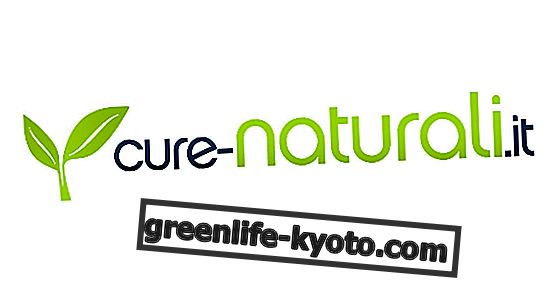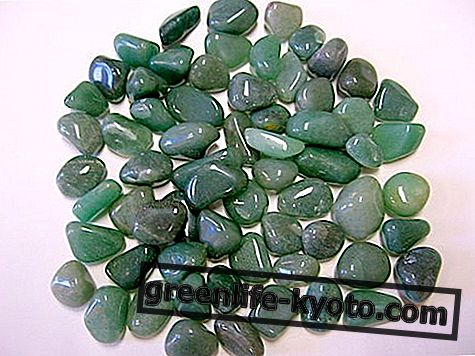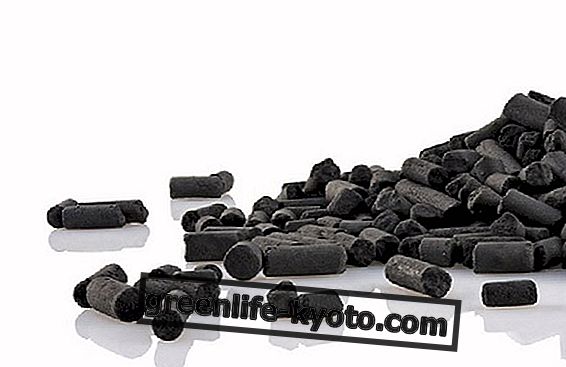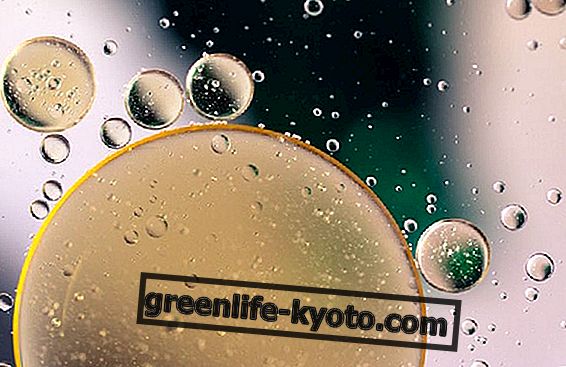
Reddened skin can be a typical problem in summer when the sun is very strong and can cause skin burns.
Or the redness to the skin could also be caused during the winter period by cold winds that hit the face causing dehydration and redness.
Skin problems can also be caused by other types of irritation, from rashes that can also cause itching or reddened skin can occur after the bite of some insect.
Whatever the cause of reddened skin there are natural remedies to alleviate redness and burn the epidermis .
Aloe vera gel
Aloe vera gel is a gelatinous substance that is collected from the inside of the leaves of the aloe vera plant. This gel has many properties including helping to restore skin health.
Aloe vera has the ability to soothe and burn flares and irritations of any kind, even helping to heal any micro-wounds due to an excellent healing action .
Aloe vera gel can be purchased as a packaged natural product but we can also grow an aloe plant and get the gel at the time of need with a simple cut from the fresh leaf .
The topical use of this gel on the skin refreshes the skin and thanks to its moisturizing, antiseptic, healing and soothing properties reduces redness and facilitates the healing of the epidermis.
Together with aloe vera we can add 1 or 2 drops of tea tree essential oil to disinfect and make the skin more antiseptic especially when the redness originates from fungal mycosis or in the case of erythema of other origin.
Calendula oil
The calendula is a herbaceous plant that produces flower head inflorescences of an intense orange color very similar to the shape of the daisy.
This flower contains very effective active ingredients to combat skin problems . It has soothing, flaming, emollient and healing properties.
It is usually extracted in vegetable oil and sold as calendula oil but you can also find it as a calendula-based cream . Both products are used in case of red skin and are applied to the affected area at least twice a day .
If the redness is caused by sunburn or flame we will always have to cool the skin first so that the temperature returns to normal.
Oil-based products should not be used if the skin is still warm . The topical use of calendula oil or cream is also perfect for pannilar erythema of infants and young children. Any type of epidermis redness can be treated with calendula-based ointments.
Hypericum oil
Hypericum is another plant from which we extract an oleolite with beneficial properties for the skin . In fact, hypericum oleolite is indicated above all for sunburns but also for all other skin problems such as dermatitis, psoriasis, flaking, irritation with itching and insect bites .
St. John's wort oil is used as a disinfectant, antibacterial, antifungal, antiviral, healing and has an effective re-epithelising effect on wounds, wounds and skin burns.
The hypericum is also applied as an after-sun product and even for people suffering from couperose. The only warning for the use of this plant is given by its photosensitizing effect that therefore needs not to expose itself to the sun in the period in which we use the remedies based on hypericum.
Essence of Helichrysum
Helichrysum is always a flower of the asteraceae family like calendula and grows spontaneously throughout Italy . Its yellow flower head inflorescences are rich in active ingredients which are also extracted in this case in oleolito.
The helichrysum has soothing, astringent, emollient, healing, antibacterial properties that are indicated for skin problems but also has beneficial properties for the whole organism in fact it is an excellent natural antihistamine, a draining and an effective spectator of the respiratory system.
The topical use of helichrysum ololytic or helichrysum essential oil is used in dermatitis such as eczema, psoriasis, acne, herpes and other skin inflammations.
The reddened skin due to sunburn or fire is soothed and even if keloids are present, the helichrysum is able to regenerate the skin and burn the skin .
The helichrysum oil is applied at least 2 times a day on reddened skin and this remedy is also useful in winter when problems with cold such as numbness and chilblains can occur at the ends of the hands and feet.
Helichrysum is also used as an infusion to wash, sponge and pack on reddened skin.
The helichrysum infusion is prepared with 5 grams of dried flowers infused in boiling water for at least 5 minutes. Once cooled and filtered we can use this helichrysum herbal tea directly on the skin .
Mallow flowers
The mallow is a plant with soft and hairy leaves with palmate or heart-shaped shape and flowers with 5 petals of pink color with purple veins. This plant is an ancient natural remedy both for internal use and for external use .
Its leaves and its flowers were eaten in peasant recipes being known as spontaneous herbs with flammable, soothing, healing and emollient properties directed above all towards the internal mucosa of the gastrointestinal tract.
These properties are also useful for topical use, in fact once the mallow leaves were used to make compresses on reddened skin .
The preparation of the pack was done by macerating or pounding the fresh leaves and applying the compress with a gauze on the area of the skin that presented the redness.
The mucilages present in the mallow leaf are able to immediately soothe the redness thanks to the formation of a protective film that covers the epidermis and works in a similar way to a plaster.
Its purpose is to keep the area protected from external agents but also to promote healing of the skin thanks to its active ingredients with healing and flaming properties .













